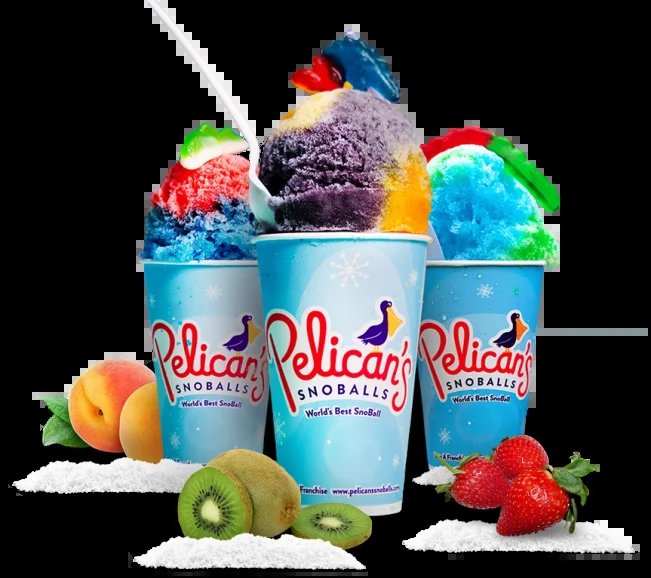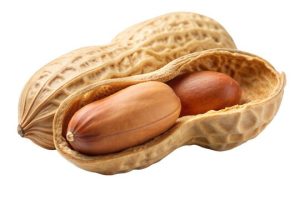Exploring The Enchanting Behavior Of Pelicans Snowball

Pelicans snowball by diving headfirst into the water, gracefully skimming its surface in search of their next catch. The way their elegant wings propel them through the air and water is a marvel to behold. These majestic creatures showcase a unique blend of power and grace that captivates all who witness their flight. Join us as we delve into the world of pelicans snowball, exploring their remarkable behaviors and the wonder they bring to our shores.
Pelicans Snowball: A Fascinating Winter Phenomenon
Winter brings a magical transformation to the world around us, from glittering snowflakes to icy landscapes. Amidst this wintry wonderland, one of the most captivating sights is that of pelicans snowballing. Yes, you heard it right – pelicans engaging in a unique behavior called snowballing! In this article, we will delve into the intriguing world of pelicans and how they embrace the snow in their own special way.
The Curious Case of Pelicans and Snow
Pelicans, known for their large size and distinctive pouch-like beaks, are not typically associated with snowy environments. These majestic birds are commonly found in warmer coastal regions, where they glide gracefully over the waves in search of fish. However, during certain winter months, some pelican populations experience a fascinating phenomenon known as snowballing.
What is Pelican Snowballing?
Pelican snowballing refers to the behavior exhibited by some pelicans when they encounter snow for the first time. These birds, usually accustomed to the temperate climate of their coastal habitats, find themselves in a winter wonderland when snow blankets their surroundings. Intrigued by the powdery white substance, pelicans start to play and interact with the snow in a playful and curious manner.
Why Do Pelicans Snowball?
The exact reasons behind why pelicans engage in snowballing are not entirely clear. However, experts believe that it could be a combination of factors, including curiosity, sensory exploration, and adaptation to a new environment. Just like humans and other animals, pelicans are naturally curious creatures, and encountering something as novel as snow triggers their playful instincts.
The Playful Nature of Pelicans
Pelicans are known for their playful and social behaviors, making them a delight to observe in the wild. From their synchronized fishing dives to their graceful flights, these birds exhibit a range of fascinating behaviors that showcase their intelligence and adaptability. When it comes to snowballing, pelicans showcase their playful side as they interact with the snow in a way that reflects their natural curiosity and adaptability.
How Do Pelicans Snowball?
When pelicans encounter snow for the first time, their initial reaction is often one of curiosity and intrigue. These birds may cautiously approach the snow, using their beaks and webbed feet to explore this unfamiliar element. As they become more comfortable with the snow, pelicans may start to engage in playful activities, such as scooping up snow with their beaks, rolling it into balls, and even tossing the snowballs into the air.
The Social Aspect of Pelican Snowballing
Pelicans are social creatures that often engage in group behaviors, from fishing cooperatively to roosting together in colonies. When it comes to snowballing, this social aspect is also evident, as pelicans may engage in playful interactions with one another. They might chase each other through the snowy landscape, engage in mock fights with snowballs, or even engage in synchronized snowball rolling, creating a delightful spectacle for observers.
The Adaptation of Pelicans to Snowy Environments
While pelicans are typically associated with warmer climates, some populations have demonstrated remarkable adaptability when faced with snowy conditions. These birds showcase their resilience and ability to thrive in diverse environments, including those covered in snow. The phenomenon of pelican snowballing serves as a testament to the adaptability and versatility of these fascinating birds.
Adapting to Snowy Conditions
When pelicans encounter snow in their habitats, they demonstrate a remarkable ability to adapt to this new environmental challenge. These birds use their keen senses and natural behaviors to navigate the snowy landscape, finding food sources, seeking shelter, and engaging in social interactions despite the cold and icy conditions. Through their playful interactions with snow, pelicans showcase their ability to adapt and thrive in diverse environments.
The Evolution of Pelican Behavior
The behavior of pelicans in snowy environments raises intriguing questions about the evolution of these birds and their ability to adapt to changing climates. As the world experiences shifts in weather patterns and temperatures, animals like pelicans demonstrate their resilience and capacity to evolve alongside their environments. The playful snowballing behavior of pelicans serves as a fascinating example of how these birds have adapted to new challenges and embraced the snow in their own unique way.
Observing Pelicans Snowball: A Delightful Experience
For wildlife enthusiasts and birdwatchers, witnessing pelicans snowballing can be a truly memorable experience. The sight of these majestic birds frolicking in the snow, rolling snowballs with their beaks, and engaging in playful interactions is both entertaining and endearing. By observing pelicans in their snowy habitats, we gain a deeper appreciation for the resilience, adaptability, and playful nature of these remarkable birds.
Best Locations to See Pelicans Snowball
If you’re eager to witness pelicans snowballing in action, there are several locations around the world where you may have the opportunity to observe this delightful behavior. Coastal regions that experience occasional snowfall during the winter months are ideal spots to see pelicans interacting with snow. Keep an eye out for pelican populations that reside near these snowy environments, and you may just be lucky enough to witness this unique phenomenon firsthand.
Winter Wildlife Photography Tips
Capturing the playful antics of pelicans snowballing on camera can be a rewarding experience for wildlife photographers. To capture the beauty and charm of pelicans in snowy landscapes, consider these tips for winter wildlife photography:
– Use a telephoto lens to capture close-up shots of pelicans interacting with snow.
– Pay attention to lighting conditions, as snowy environments can be bright and reflective.
– Be patient and observant, as pelicans may engage in snowballing activities sporadically.
– Take advantage of the natural surroundings to create visually appealing compositions with pelicans and snow.
The Conservation of Pelican Habitats
As we marvel at the playful behavior of pelicans in snowy environments, it is essential to consider the conservation of their habitats. Pelicans face various threats, including habitat loss, pollution, and climate change, which can impact their ability to thrive in the wild. By raising awareness about the importance of preserving pelican habitats and protecting these magnificent birds, we can contribute to the long-term survival and well-being of pelican populations around the world.
Ways to Support Pelican Conservation
If you’re passionate about protecting pelicans and their habitats, there are several ways you can get involved in conservation efforts:
– Support local wildlife organizations that focus on pelican conservation.
– Participate in beach clean-up events to help reduce pollution in pelican habitats.
– Educate others about the importance of preserving coastal environments for pelicans and other wildlife.
– Advocate for policies and initiatives that promote the conservation of pelican habitats and ensure the sustainability of these iconic birds.
In conclusion, pelicans snowballing is a fascinating winter phenomenon that showcases the playful nature and adaptability of these remarkable birds. By exploring the curious behavior of pelicans in snowy environments, we gain a deeper appreciation for the resilience and versatility of these majestic creatures. As we observe pelicans engaging in snowballing activities, we are reminded of the beauty and wonder of the natural world and the importance of protecting the habitats that sustain such extraordinary wildlife. So, the next time you see a pelican frolicking in the snow, take a moment to savor the magic of this enchanting display of nature’s creativity and adaptability.
Trying a new snowball of the week #Pelicans #Snowball of the week 
Frequently Asked Questions
What is a pelican snowball?
A Pelican Snowball is a type of shaved ice treat made with finely shaved ice that has a light and fluffy texture, similar to snow. It is flavored with a variety of syrups, offering a refreshing and sweet taste.
How is a pelican snowball different from a regular snow cone?
A Pelican Snowball differs from a traditional snow cone in terms of texture and flavor. The ice in a Pelican Snowball is shaved very finely, giving it a smooth and fluffy consistency, whereas snow cones have coarser ice. Additionally, Pelican Snowballs typically offer a wider range of syrup flavors for customization.
Are there any unique toppings or combinations available for pelican snowballs?
Yes, Pelican Snowball stands often offer a variety of toppings and combination options to enhance the flavor and presentation of the treat. Some popular toppings include condensed milk, gummy bears, fresh fruits, and even ice cream.
Final Thoughts
Pelicans snowball by utilizing teamwork and strategic positioning to catch fish efficiently. Observing these birds at work provides insight into successful collaboration and adaptability in nature. Their synchronized movements and communication highlight the importance of coordinated efforts in achieving a common goal. Witnessing pelicans snowball is a powerful reminder of the effectiveness of unity and coordination in overcoming challenges. Let us learn from these majestic creatures and apply their lessons to our own endeavors for greater success.





